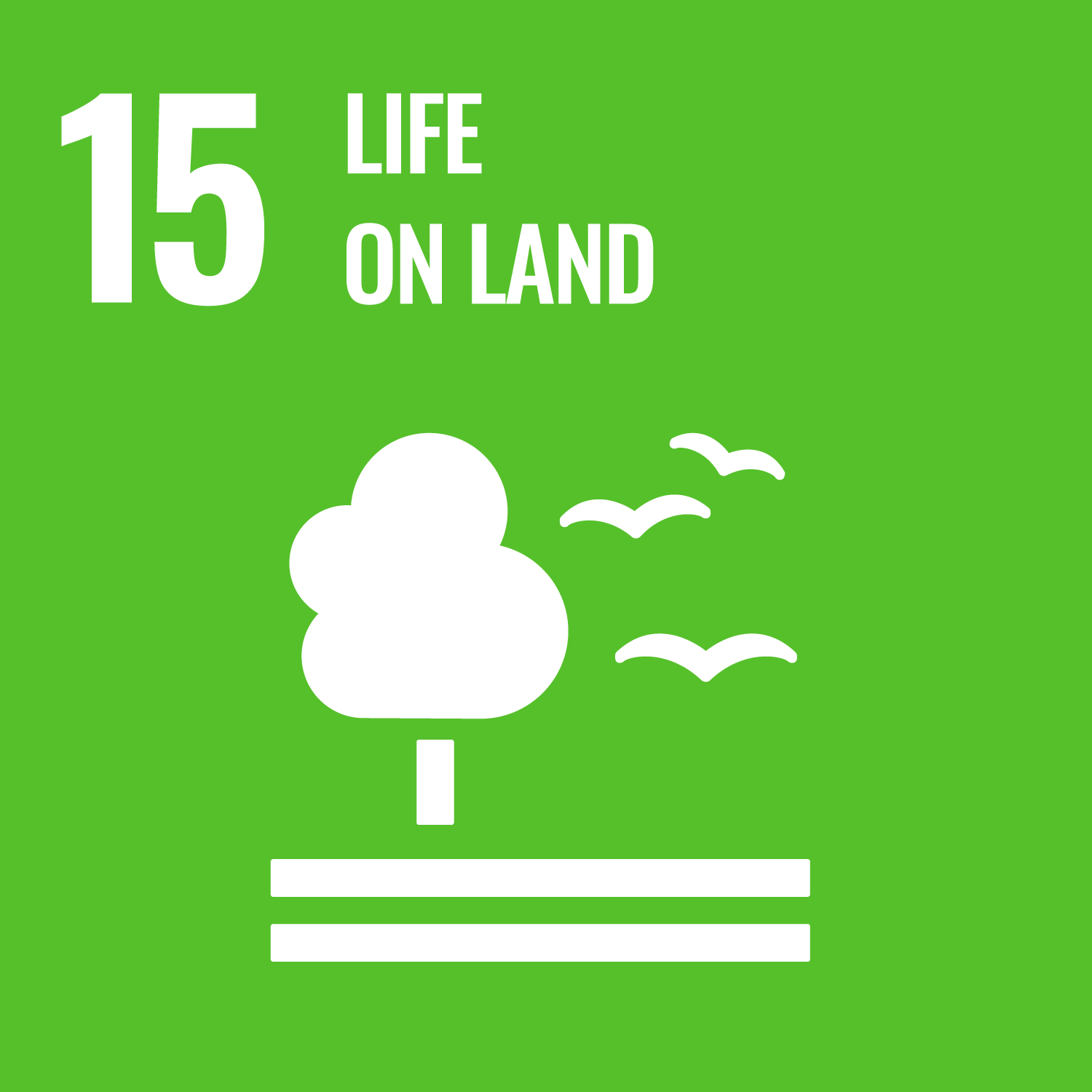ORCID
- J. S. Ellis: 0000-0002-6655-4685
Abstract
The impact of factors such as density dependence, food availability and weather are known to be important for predicting population change in a wide range of species. However, a challenge in ecology is understanding the contributory and interactive role of these drivers on populations. This is necessary to design effective conservation and management strategies. Using data from long-term studies of five hazel dormouse Muscardinus avellanarius populations in Europe, we tested the relationship between population density and weather and their impact on demographic rates. We used an integrated population modelling approach, estimating age-specific overwinter survival, annual population growth and fecundity rates. We found strong negative effects of population density, precipitation and winter temperature on population growth rates. This suggests that warmer and wetter weather negatively affects dormouse survival for both adults and juveniles, but we found subtle differences in these effects between age classes. We also identified an interaction between weather measures and population density on age-specific survival, possibly as a result of weather impacts during hibernation. Although we found low winter temperature was positively associated with population growth, we found evidence consistent with density dependence. We discuss our results in the context of woodland habitat conservation management.
DOI Link
Publication Date
2022-12-22
Publication Title
Animal Conservation
ISSN
1367-9430
Acceptance Date
2022-11-21
Deposit Date
2023-02-13
Embargo Period
2023-12-22
Creative Commons License

This work is licensed under a Creative Commons Attribution-NonCommercial-No Derivative Works 4.0 International License.
Recommended Citation
Combe, F., Juškaitis, R., Trout, R., Bird, S., Ellis, J., Norrey, J., Al‐Fulaij, N., White, I., & Harris, W. (2022) 'Density and climate effects on age‐specific survival and population growth: consequences for hibernating mammals', Animal Conservation, . Available at: 10.1111/acv.12843


